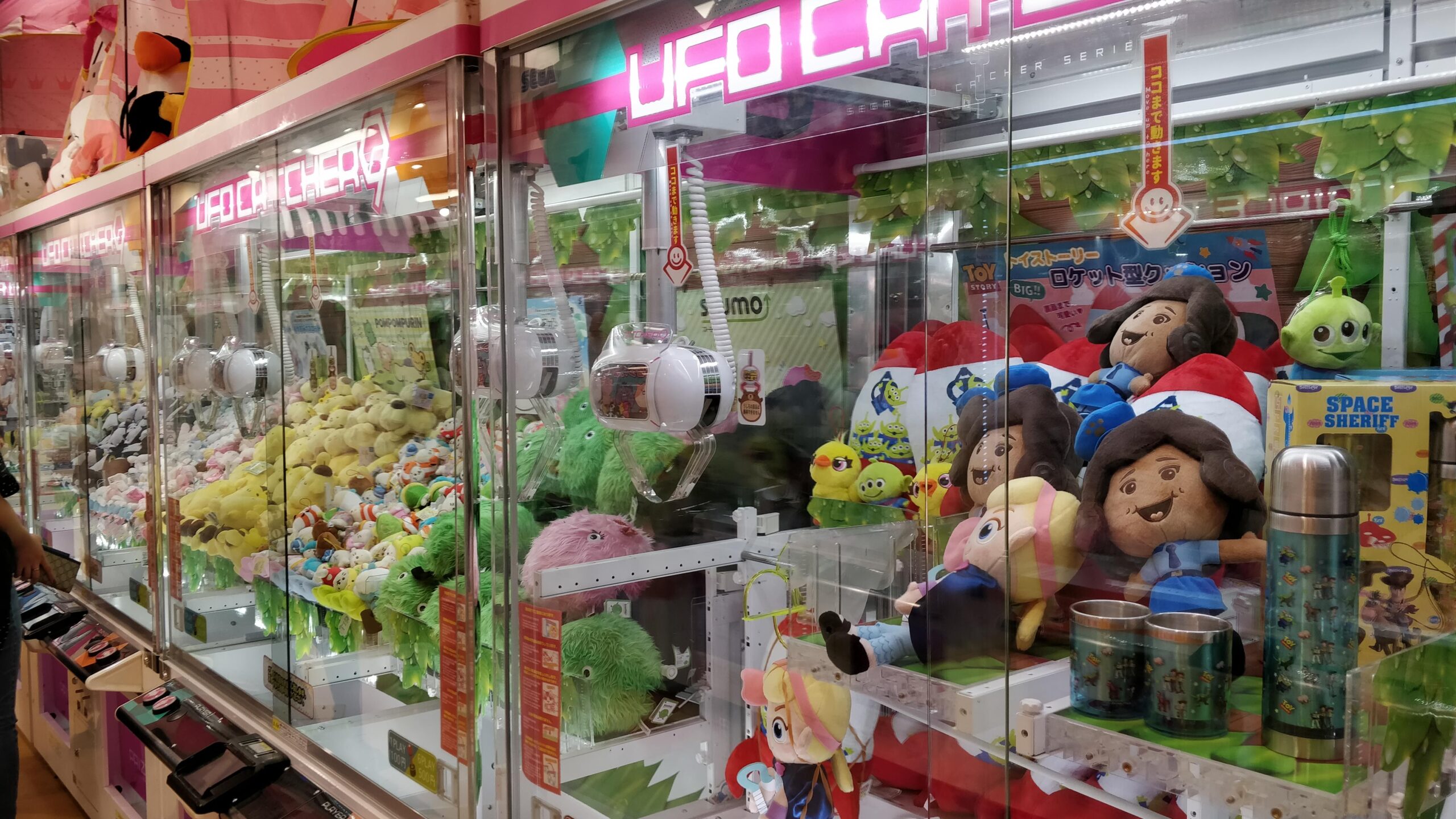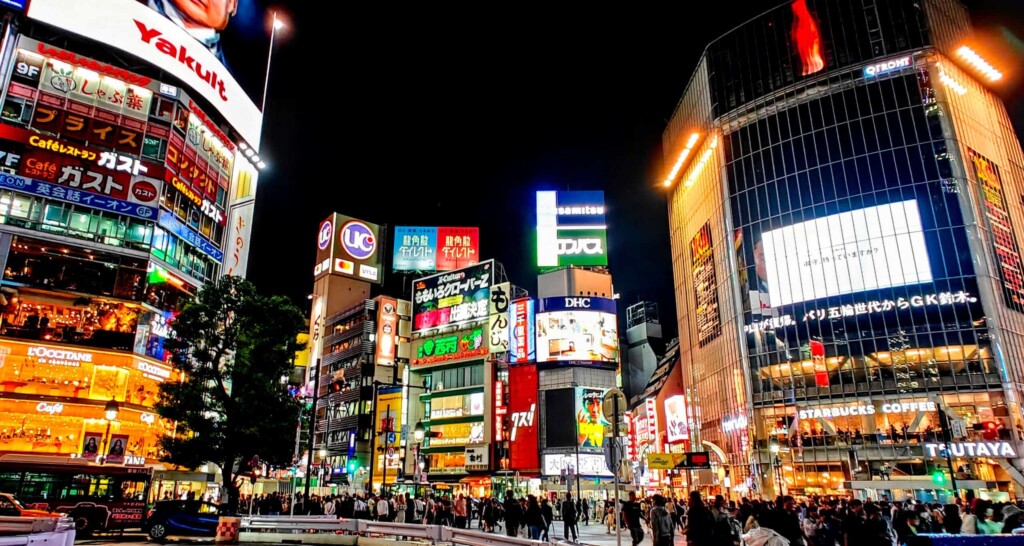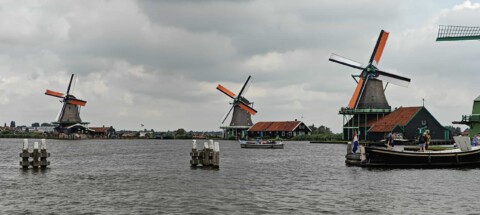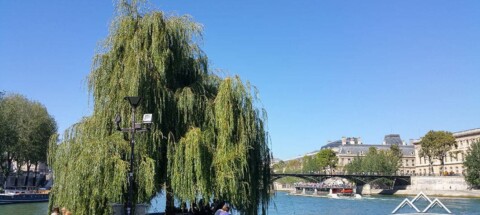If you’re planning a trip to Tokyo, Japan, then Shibuya should be at the top of your list of places to visit. Known for its bustling streets, vibrant atmosphere, and iconic landmarks, Shibuya offers a unique experience that captures the essence of modern Japanese culture. In this blog post, we will take a closer look at what makes Shibuya a must-visit destination for travelers.

One of the first things that comes to mind when thinking about Shibuya is the famous Shibuya Crossing. Located just outside Shibuya Station, this intersection is one of the busiest in the world and is a true spectacle to behold. As the traffic lights turn red in all directions, pedestrians flood the intersection from all sides, creating a mesmerizing wave of people crossing the street in perfect sync. It’s an experience that perfectly encapsulates the energy and vibrancy of Tokyo.
Shibuya is renowned as a fashion and retail hub, offering a wide range of shopping opportunities for fashion enthusiasts and trendsetters. The streets of Shibuya are lined with department stores, boutiques, and flagship stores of both international and local brands. From high-end fashion to affordable streetwear, you’ll find it all in Shibuya. Don’t miss out on exploring the famous Shibuya 109 building, a multi-story shopping complex that houses an array of trendy fashion stores catering to different styles.

Shibuya comes alive at night with its vibrant nightlife scene. The district is home to numerous clubs, bars, and live music venues where you can dance the night away or enjoy live performances by local and international artists. Whether you’re into electronic music, jazz, or rock, you’ll find a venue that suits your taste in Shibuya. Don’t forget to check out the iconic WOMB nightclub, known for its cutting-edge sound system and renowned DJs.
No visit to Shibuya is complete without paying homage to two of its most iconic landmarks. The first is the Hachiko Statue, located just outside Shibuya Station. This bronze statue commemorates the loyalty of a dog named Hachiko, who faithfully waited for his deceased owner at the station every day for nearly 10 years. It has become a symbol of loyalty and devotion in Japanese culture.
The second landmark is Center Street, also known as Center Gai. This bustling pedestrian street is lined with shops, restaurants, and entertainment venues. It’s a great place to immerse yourself in the vibrant atmosphere of Shibuya and experience the local street culture.
Shibuya is a paradise for food lovers, offering a wide variety of culinary delights to satisfy any craving. From traditional Japanese cuisine to international flavors, you’ll find an abundance of restaurants, cafes, and food stalls serving up delicious dishes. Don’t miss the opportunity to try some authentic ramen or indulge in mouthwatering sushi at one of the many hidden gems tucked away in Shibuya’s narrow alleyways.
Shibuya is a destination that truly embodies the spirit of Tokyo. With its bustling streets, vibrant nightlife, iconic landmarks, and diverse culinary scene, it offers an unforgettable experience for travelers. Whether you’re interested in fashion, nightlife, or simply immersing yourself in the energy of a lively city, Shibuya has something for everyone. So next time you find yourself in Tokyo, make sure to carve out some time to explore this vibrant district and create lasting memories.
A little bit of history
- Shibuya has a rich history that dates back centuries. Here’s a brief overview of its history:
- Early History: Shibuya’s history can be traced back to the Edo period (1603-1868) when it was a small rural village located on the outskirts of Tokyo. It was primarily an agricultural area with rice fields and farming communities.
- Growth and Development: Shibuya began to develop and grow in the late 19th century during the Meiji era (1868-1912). The opening of the Yamanote Line railway in 1885 connected Shibuya to central Tokyo, which spurred urbanization and increased accessibility to the area.
- Shibuya Station: The construction of Shibuya Station in 1906 further contributed to the area’s growth. It became a major transportation hub, attracting more businesses, residents, and visitors to Shibuya.
- Post-War Rebuilding: Like many parts of Tokyo, Shibuya suffered significant damage during World War II. After the war, the area underwent a period of rebuilding and reconstruction, transforming into a bustling commercial and entertainment district.
- Youth Culture and Fashion: In the 1980s and 1990s, Shibuya became synonymous with Japanese youth culture and fashion. It gained a reputation as a trendsetting neighborhood, known for its vibrant street fashion, music, and nightlife.
- Shibuya Crossing: Shibuya Crossing, often referred to as “The Scramble,” became an iconic symbol of Shibuya in the late 20th century. Its popularity grew with the rise of digital media, as images and videos of the crowded intersection spread worldwide.
- Modern Shibuya: Today, Shibuya remains a dynamic and lively district, attracting millions of visitors each year. It continues to evolve with new developments, shopping centers, entertainment venues, and cultural events.
- Shibuya’s history is intertwined with its vibrant culture and youthful energy, making it a unique and iconic neighborhood in Tokyo.
Best Time to Visit
Best Time to Visit Shibuya, Tokyo
- Best seasons: Spring (March to May) and autumn (September to November) have mild weather.
- Cherry Blossom Season: Late March to early April for beautiful cherry blossoms.
- Events and Festivals: Check the local event calendar for Halloween, New Year celebrations, and summer music festivals.
- Weekdays vs. Weekends: Shibuya is more crowded on weekends and public holidays.
- Time of Day: Evenings/nights for vibrant nightlife, daytime for shopping and attractions.
Consider these factors when planning your visit to Shibuya.
Do’s & Don’ts
Must Do and See in Shibuya, Tokyo
In Shibuya, Tokyo, there are several must-do activities and places to visit. Here are some suggestions:
- Visit Shibuya Crossing: Experience the famous Shibuya Crossing, one of the busiest intersections in the world. Take a walk across the intersection and witness the organized chaos as pedestrians cross from all directions.
- Explore Center Gai: Center Gai is a vibrant street filled with shops, boutiques, and restaurants. It’s a great place to shop for trendy fashion items, try local street food, and immerse yourself in the lively atmosphere.
- Discover Shibuya Cat Street: Cat Street is a trendy shopping street that connects Shibuya and Harajuku. Explore the unique stores, vintage shops, and fashionable cafes along the street. It’s a great place for shopping and people-watching.
- Visit Hachiko Statue: Pay homage to the loyal dog Hachiko by visiting his statue near Shibuya Station. Hachiko’s story is a symbol of loyalty and devotion, and his statue is a popular meeting point for locals and tourists alike.
- Shop at Shibuya 109: Shibuya 109 is a famous fashion mall known for its trendy and youthful clothing stores. It’s a must-visit if you’re interested in fashion and want to explore the latest Japanese trends.
- Enjoy Shibuya nightlife: Shibuya comes alive at night with its vibrant nightlife scene. Explore the various bars, clubs, and live music venues in the area. You can dance the night away or simply enjoy a drink while soaking in the energetic atmosphere.
- Visit Meiji Shrine: While technically located in Harajuku, Meiji Shrine is within walking distance of Shibuya and is worth a visit. This serene Shinto shrine is surrounded by a beautiful forest and offers a peaceful escape from the bustling city.
These are just a few suggestions, but there’s much more to explore in Shibuya. Enjoy your time in this dynamic neighborhood!
Things you should avoid doing in Shibuya, Tokyo
In Shibuya, there are certain things that are considered inappropriate or frowned upon. Here are some examples:
- Jaywalking: Shibuya is known for its busy streets, especially the famous Shibuya Crossing. It is important to follow traffic rules and use designated pedestrian crossings.
- Littering: Like any other place, littering is not tolerated in Shibuya. Make sure to dispose of your trash properly in designated bins.
- Taking photos without permission: Shibuya is a popular tourist destination, and many people visit to experience the vibrant atmosphere. However, it is important to respect the privacy of others and ask for permission before taking their photos.
- Being loud or disruptive: Shibuya is a bustling area with many shops, restaurants, and cafes. It is important to be mindful of your noise level and avoid being excessively loud or disruptive, especially in residential areas.
- Smoking in non-designated areas: Smoking is restricted in many public spaces in Shibuya. Make sure to use designated smoking areas or smoke-free zones to avoid violating any regulations.
- Eating or drinking while walking: While it is common in some areas of Japan, eating or drinking while walking is generally frowned upon in Shibuya. It is considered more polite to find a designated eating area or restaurant to enjoy your food and beverages.
Remember, it’s always a good idea to be respectful of the local customs and regulations when visiting any place, including Shibuya.








